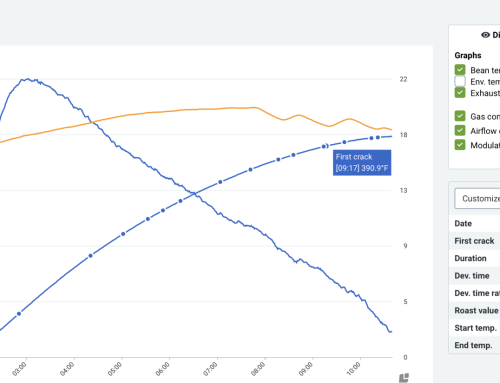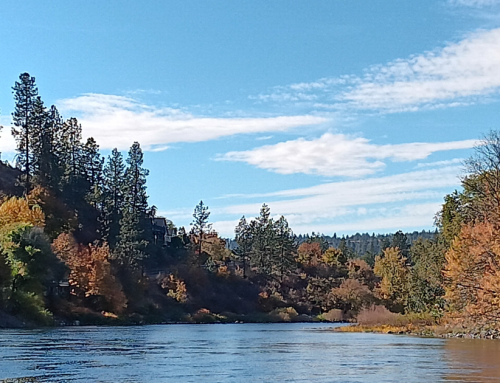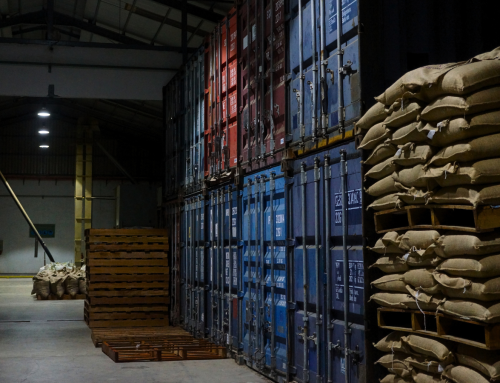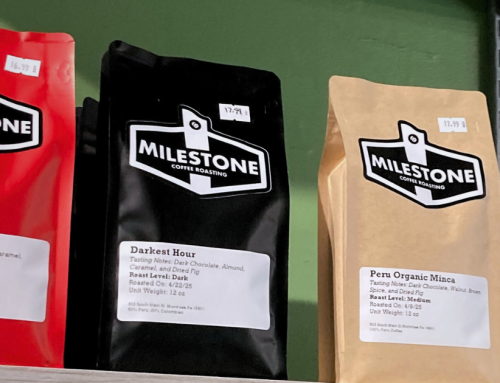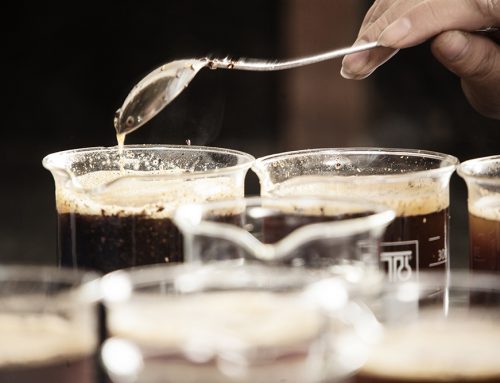Coffee in Costa Rica is as advanced as it gets. Smallholders here are highly motivated to keep Costa Rican coffee on the map for innovation, diversification, and a reputation for premium quality. They pay extensive attention to technical advancement, particularly in agriculture and coffee processing, and farmers don’t hesitate to experiment with new varietals and fermentation techniques. With Costa Rica’s farmers, mills and micro-mills constantly raising the bar on excellence in production, unroasted Costa Rican coffee is always an adventure.
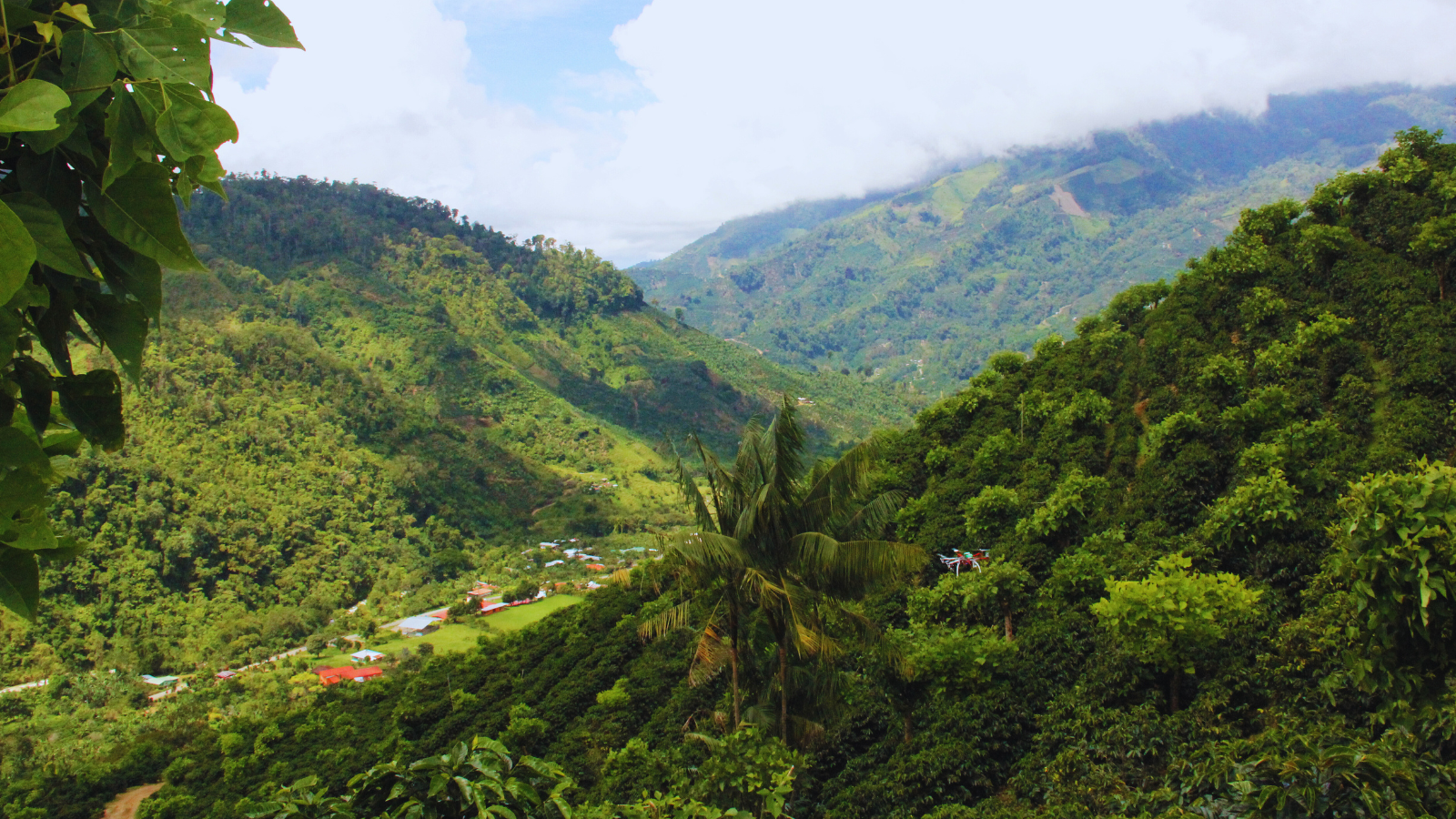
Costa Rican coffee farm
Costa Rican Coffee History
Few coffee-producing countries go the extra mile to protect their agricultural workforce like Costa Rica does. The newly formed Constitutional Assembly abolished the military after a violent civil war in 1948. With the decision, Costa Rica allocated its budget to medical care and education, propelling the country into a period of peace and growth to this day.
Since the 1940s, Costa Ricans have had a solidified universal healthcare system and a large budget dedicated to education. These two factors are the basis for social equality and environmental conservation in Costa Rica.
In the 1990s, Costa Rica peaked in coffee production at 35 quintals per hectare (around 3,500 pounds). Since then, however, production has reduced by nearly 40%, and the number of farmers has gone down by almost 50%. Costs here are higher all-around, including premiums for labor, production, and inflation from tourism. However, the number of micro mills that dot the country has nearly doubled in the last decade. Innovation, differentiation, and quality improvements are critical to Costa Rican coffee production today.
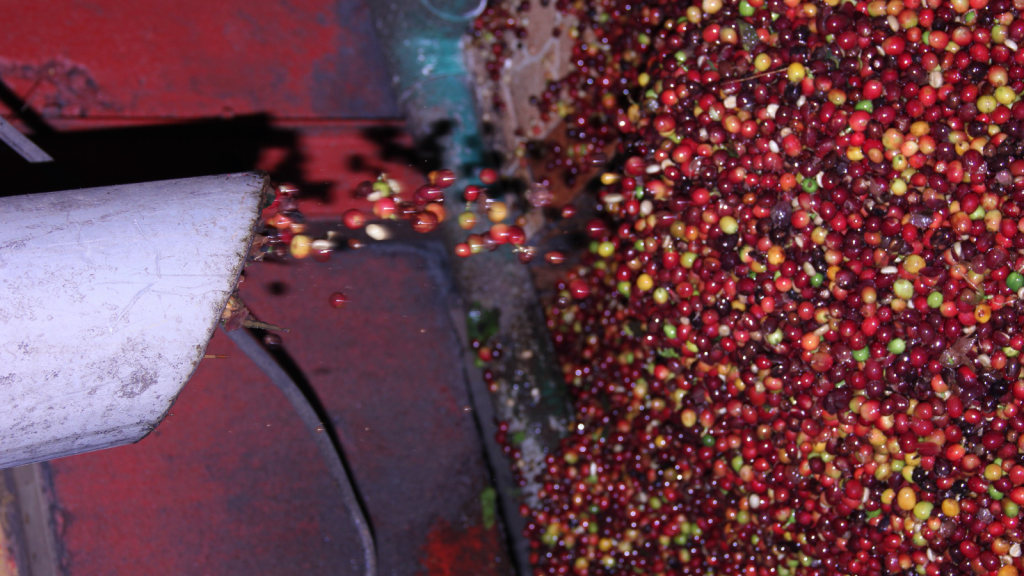
Processing coffee in Costa Rican coffee mill
Costa Rican Coffee Production
Country-wide dedication to social and environmental responsibility sets Costa Rican coffee apart from the crowd. At the core of the Costa Rican lifestyle is Pura Vida. The, “don’t worry, be happy” attitude that revolves around positivity and gratitude, which extends to an appreciation for the country’s incredible biodiversity.
Costa Rica is tiny — only around a third of the size of Louisiana — yet their dedication to the land is immense. Twenty-five percent Costa Rica’s land is protected, and nearly 60% is reforested. Petroleum extraction and gold mining are banned. Government intervention helped the country pivot from having one of the highest rates of deforestation in the 1970s, to completely stopping and reversing deforestation in 1996.
As one of the happiest countries on Earth, it is no surprise that Costa Ricans value quality over quantity — a mindset woven into the coffee value chain from the beginning. Costa Rica is the only country in the world to measure and buy coffee cherries in fanega, a unit of volume rather than weight. This encourages pickers to choose the ripest cherries because riper is bigger.
Costa Rica also enjoys high domestic coffee consumption. There are over 63 local registered roasters, and Costa Ricans consume around 10 pounds of coffee per year per capita. While the specialty coffee sector is growing, Costa Rica’s colonial heritage still heavily influences its coffee consumption. Café Torrefacto is a local favorite, where sugar is roasted with green coffee, resulting in shiny, glazed beans with a distinct flavor.
In the 2021/2022 harvest, Costa Rica experienced one of its lowest production volumes on record (~1.23 million bags) due to weather, plant diseases, and the pandemic. However, the USDA reports that production has rebounded by nearly 15% in 2022/2023, and volume for 2023/2024 is projected at over 1.44 million bags. Preventative protection methods, good agricultural practices, and high fertilization rates aided by ample rainfall have set coffee farms up for success and productivity in the coming harvest.
Common Costa Rica Green Coffee Varieties
Caturra is the dominant coffee cultivar in Costa Rica, but you can also find Typica, Catuai, Bourbon, Gesha, and Mundo Novo coffee here. However, because of Costa Rica’s high cost of production, farmers cannot afford to risk crop decimation due to disease. Volcafe Costa Rica, Genuine Origin’s sister company and sourcing partner in the region, sees the country’s staple Caturra variety fading from farms in the long term. Our field technicians are helping farmers switch to leaf-rust resistant, high yield varieties.

Obata coffee variety nursery at El General Mill
Volcafe Costa Rica recommends alternative varietals to farmers with three parameters in mind: pest and disease resistance; productivity levels; and overall cup quality. In 2020, the company transformed its recreational soccer field at the El General Mill in the Perez Zeledon region into an Obata variety coffee nursery. Obata is a hybrid of Caturra and a variety native to Timor. The cup profile is similar to Caturra,but is much more resilient and sustainable. Obata offers high yields and better rust resistance. The Obata plant is also short and stout with long branches making it easier to pick.
Micro lots, whether for exotic varieties, innovative processing methods, or a mix of both, are always on the cupping table for Costa Rica.
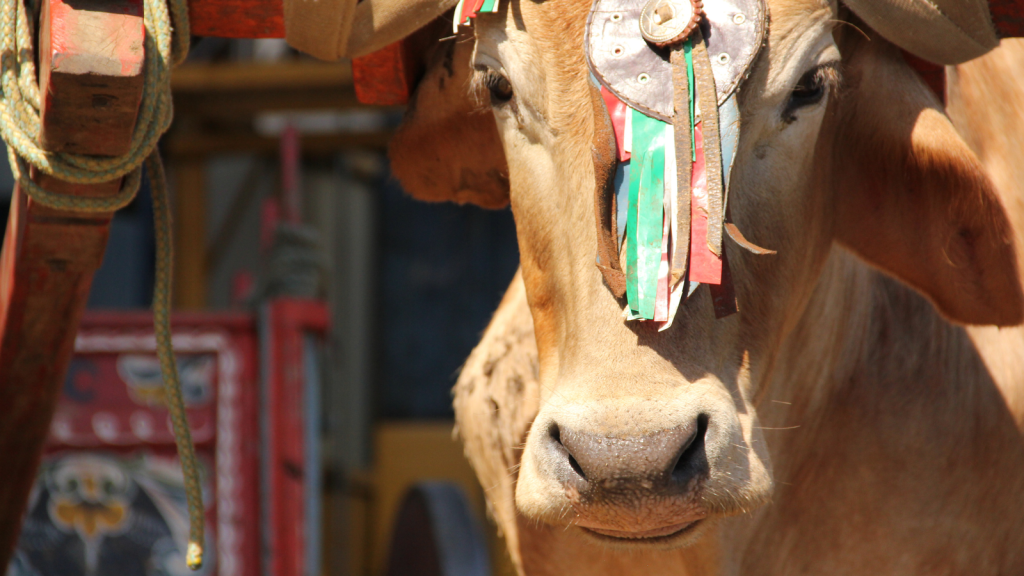
Coffee ox delivering coffee
Costa Rica Green Coffee Producing Regions
The Pacific and Atlantic oceans influence Costa Rica’s terroir, allowing coffee with different profiles to grow among its eight producing regions. The country is divided into provinces, which are divided into cantons, and sub-divided into districts.
Central Valley, which encompasses the Alajuela, Heredia, San José, and Cartago provinces, has well-defined rainy and complementing dry seasons. Coffee from this area expresses notes of chocolate and fruit, with a subtle honey aroma and a well-balanced cup profile. Around 80% of the area covers 1,000-1,400masl and 20% covers 1,200-1,900masl. Annual rainfall is around 2,500mm, and the average temperature is 22ºC.
Tres Ríos, a town in the Cartago province, holds the nickname of the “Bordeaux” of Costa Rica due to its coffees with delicately balanced acidity. The region is blessed with fertile soil from the Irazu volcano. The altitude ranges from 1,200-1,650masl, with 2,250mm annual precipitation and an average temperature of 21ºC.
Turrialba, another town in the Cartago province to the east of Tres Ríos, produces coffee with a mild acidity, light body, and soft aroma, influenced by the active Turriabla volcano that erupted recently in 2017. The altitude ranges from 500-1,400masl, with 2,800mm annual precipitation and an average temperature of 23ºC.
Brunca is a humid, tropical region in the south and includes the cantons of Coto Brus, Buenos Aires, and Pérez Zeledón. The wide variety of microclimates lends to a diverse range of cup profiles, including everything from soft and light floral characteristics to sweet and complex citrus-forward taste experiences. The altitude ranges from 600-1,700masl, with 3,500mm annual precipitation and an average temperature of 22ºC.
Guanacaste, named after Costa Rica’s national tree, is a refreshing, mountainous geography bordering the Pacific Ocean and Nicaragua. There are 11 cantons here that grow coffee with medium body, bright acidity, and fruit notes of citrus and tropical flavors. The altitude ranges from 600-1,300masl, with 2,100-3,500mm annual precipitation and an average temperature of 26ºC.
Los Santos encompasses the cantons of Dota, Leon Cortes Castro, and Tarrazú, the most famous coffee-producing region in Costa Rica. Tarrazú is the highest-producing canton in Costa Rica and was awarded Denomination of Origin status in 2019. Roasters adore Costa Rica Tarrazú and thus it is usually differentiated from the the broader Los Santos area. Cup profiles from Tarrazú offer intense chocolate, orange, vanilla, and dried fruit notes. The altitude in the Los Santos region ranges from 1,200-1,900masl, with 3,400mm annual precipitation and an average temperature of 18ºC.
Orosi is part of the Paraíso canton in the Cartago province, smack in between Tres Ríos and Turrialba. It might be small, but it’s also one of the oldest regions, and coffee traditions here date back more than a century. The altitude ranges from 1,000-1,400masl, with 2,500mm annual precipitation and an average temperature of 20ºC.
Western Valley is home to the Western Central Mountain Range, with slopes of fertile volcanic soil swathed in a pleasant climate year-round. Coffee flavors range from traditional chocolate notes to complex profiles with orange, peach, honey, and vanilla. The altitude ranges from 700-1,600masl, with 2,500mm annual precipitation and an average temperature of 21.5ºC.
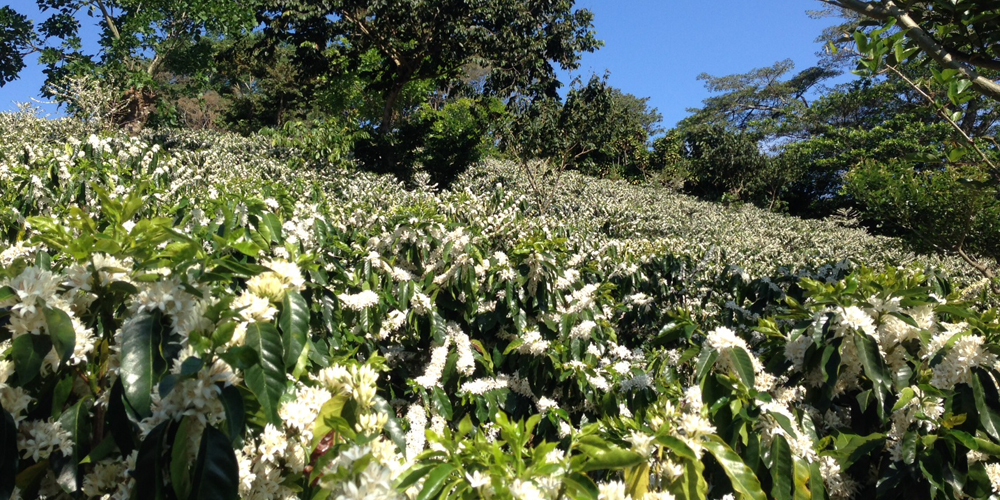
Coffee plants flowering in Costa Rica
Green Coffee Quality in Costa Rica
Costa Rica green coffee is graded based on altitude and bean hardness. When coffee grows at high altitudes, the cherries mature more slowly and thus take in more nutrients. This generally results in denser, sweeter coffee beans that are considered higher quality. Costa Rica’s green coffee quality distinctions are as follows:
- above 1,200 masl = Strictly Hard Beans (SHB);
- between 1,000 – 1,200 masl = Good Hard Beans (GHB); and
- between < 1,000 masl = Medium Hard Beans (MHB)
Many Costa Rican coffees on the Genuine Origin site are labeled, EP for European Process. This indicates that there are no more than four defects per 1,000 coffee beans, and it is part of the hand-sorting process that the coffee goes through before it’s packed and shipped.
What does Costa Rican coffee taste like?
With so much emphasis on diversification, it’s impossible to generalize what coffee from Costa Rica tastes like. For example, a lot of Caturra and Catuai green coffee produced by Luis Eduardo Campos at Cordillera de Fuego can be processed into multiple micro lots, including Termico, Termico Natural, Anaerobic, or even Anaerobic Honey. Each of these coffees has its own unique sensory experience. Washed lots like the Caturra, Catuai, and Obata blend from Pérez Zeledón also come with a cup profile all their own.
Costa Rica green coffee’s rich diversity of flavors and characteristics is always exciting and ahead of the curve.
The Case for Premium Prices
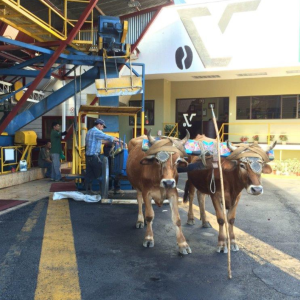
Coffee Farmer delivering coffee to San Diego Mill in San Jose, Costa Rica
Costa Rica coffees sell at a premium, for some great reasons! The country has a reputation for delivering high quality and innovation – a winning combination. Costa Rica’s universal healthcare and education systems coupled with its agronomy, research, and well-regulated agricultural sustainability programs, undoubtedly contribute to the higher prices. Lastly, producers receive ~80% of the FOB value of the coffee, guaranteed.
Agriculture in Costa Rica is heavily regulated. There are transparent minimum wages and sustainability practices. The Instituto del Café de Costa Rica (ICAFE) goes to great lengths to ensure fair treatment at every step in the supply chain.
For these reasons, green coffee from Costa Rica is — by default — more expensive than coffee from its neighbors. However, Genuine Origin and Volcafe Costa Rica continue to source exotic varieties, innovative processing methods, and simply delicious coffees that are well-worth the price.
Genuine Origin in Costa Rica
Volcafe Costa Rica’s Beneficio San Diego wet mill is the largest private mill in the country. Since 1888, the mill has pioneered constant innovations to process coffee from the Tarrazú region, an area affectionately referred to as the country’s nursery for great coffee. Over 2,000 small producers entrust their coffee to the mill, which spares no effort to maintain the high quality of coffee cherries delivered to respect the work of the farmers.
The surge in demand for micro lots led to the birth of the Beneficio Anonos micro mill in the same region, giving Volcafe Costa Rica more leverage in efficiency and flexibility to maintain quality for micro lots. With three more wet mills to the north and south, plus a dry mill where all coffee is prepped for export, Volcafe Costa Rica is positioned to support farmers and drive innovation in the industry.
Receiving coffee in cherry is tricky but well worth the effort. Volcafe Costa Rica has 63 receiving stations in Tarrazú, 34 in Santo Domingo, and 50 in Perez Zeledon (with 5 in the Paramo region alone) to get as close to the farmers as possible. Cherry has a considerable advantage over parchment. It enables mills to homogenize quality and is essential for boutique processes like anaerobic fermentation.
Genuine Origin’s Costa Rica portfolio includes many high-altitude coffees, which require more time to mature. That’s why Genuine Origin sometimes receives Costa Rica shipments late in the summer. It simply takes more time to grow and process great coffee.
Costa Rican coffee guarantees adventure, variety and fun experiences for roasters and coffee lovers. Watch for new and exciting green coffee beans in Genuine Origin’s Costa Rica portfolio.

